Preservation and Conservation
Preserving the Past: Understanding Arabic Manuscript Conservation in Nigeria (Part One)
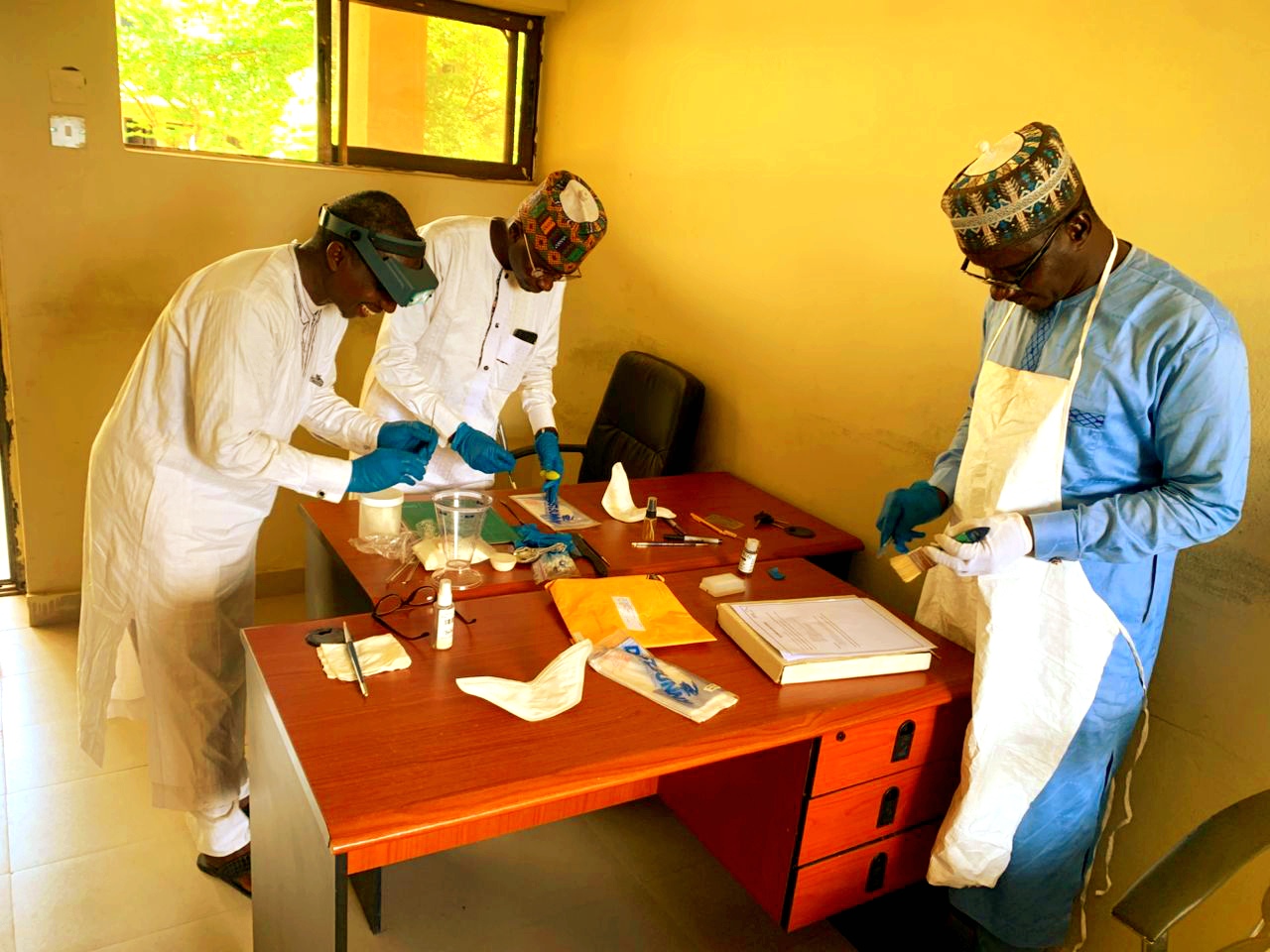
By Hassan Kasim, Aishatu Suleiman, Aliyu M. Yerima & Shuaibu Haruna
Education and Museum Departments, National Museum Gombe & Eco-Museum Hong, Adamawa State, Nigeria
What Is a Manuscript?
The term manuscript (abbreviated as Ms. for singular and Mss. for plural) originates from the Latin manu scriptus, meaning “written by hand.” Unlike printed materials, manuscripts are handwritten records, including those etched or inscribed on hard surfaces. Nigeria’s Arabic and Ajami manuscript heritage is a treasure trove of history, largely housed in public institutions and private collections across the country.
Key Collections of Arabic Manuscripts in Nigeria
Public repositories of Arabic and Ajami manuscripts include:
National Archives, Kaduna
Arewa House, Kaduna
Jos Museum
Waziri Junaidu History Bureau, Birnin Kebbi
Centre for Islamic Studies Library, Usman Danfodiyo University, Sokoto
Institute of African Studies, University of Ibadan
Northern History Research Scheme, Ahmadu Bello University, Zaria
Postgraduate Research Unit, Bayero University, Kano
Centre for Trans-Saharan Studies, University of Maiduguri
Fombina Palace Museum, Yola
Noteworthy private collections also exist, such as the Darul-Buhuth of Waziri Junaidu in Sokoto, the Nizamiyya Collection of Late Marafa Dan-Baba, and the Modibbo Fufore Collection in Adamawa State.
A Living History of Knowledge
Arabic manuscripts in Nigeria span centuries, dating back to the 10th and 11th centuries. While many were imported from the Middle East and North Africa, a significant number were locally written and copied. These works include:
Primary Islamic texts: Qur’an, Hadith
Jurisprudence texts (especially Maliki school)
Sciences: astronomy, mathematics, grammar
Devotional literature
Original works: poetry, historical chronicles, genealogies, letters, contracts, and commentaries
Most manuscripts are unbound, comprising loose folios kept in leather wrappers or saddlebags. Unlike mass-produced printed books, each manuscript is a unique artifact, offering a lens into intellectual, spiritual, and political life of its time.
Why Manuscripts Matter
Manuscripts are more than just texts—they are cultural artifacts. They embody the intellectual traditions, craftsmanship, and spiritual values of past societies. Studying them offers insights into calligraphy, material culture, ink composition, and social organization. Each manuscript is a multidisciplinary object requiring historical, chemical, artistic, and linguistic expertise.
Inks and Materials: Technology Behind the Text
Northern Nigerian Arabic manuscripts commonly feature inks described as:
Rubrication
Black vegetable ink
Ferro-tannic ink
Inks were made from natural dyes or pigments mixed with binding agents such as gum Arabic. Carbon ink—made from soot, charcoal, or lampblack—was widely used. Over 12,000 folios studied revealed a spectrum of ink colors, from deep black to light brown, red, pink, and orange.
Five main types of ink have been identified:
1. Carbon black
2. Soot brown
3. Dyes
4. Ferro-tannic inks
5. Pigment-based colloidal suspensions
Common Damages Observed in Manuscripts
1. Structural Damage
Brittleness, folds, splits, and losses (lacunae)
2. Planar Damage
Creases, cockling, buckling, warping, accordion pleats, draws, dimpling, bulging, and dents
3. Surface Damage
Delamination, abrasion, scratches, scars, shines, dull spots
4. Discoloration
Light degradation, oxidation stains, mat burn, wood burn, water stains, oil stains, and toning
5. Surface Soiling
Dust, soot, embedded dirt, smoke damage, fingerprints, accretion
6. Media Damage
Flaking, cracking, abrasion, fading, bleeding, binder migration, strike-through
Conservation Practices and Tools
Successful preservation and conservation of Arabic manuscripts require both specialized skills and tools. Essential equipment includes:
Opt visors, scalpels, spatulas
Dust brushes, erasers, acid-free papers
Gloves, lab coats, polypropylene bags
Measuring tools, methyl cellulose, isopropanol
Healing mats, sprayers, sealing tools, torches
Best Practices for Preservation
Preservation Strategies Include:
Prioritizing manuscripts based on impact, feasibility, and urgency
Assessing factors like use, storage conditions, value, and damage level
Following best practices in pest management, handling protocols, and record keeping
Do’s and Don’ts:
DO handle with clean gloves
DO store in acid-free environments
DON’T use ballpoint pens or adhesives
DON’T expose to direct light or humidity
Conclusion
Arabic and Ajami manuscripts are silent storytellers of Nigeria’s intellectual and cultural history. Preserving them is not just a heritage obligation but a scholarly necessity. This first part of our exploration sets the stage for deeper engagement with conservation methods, community involvement, and policy implications in subsequent parts of this series.

-

 Leadership1 year ago
Leadership1 year agoBreaking: African Union Appoints Pantami as Co-Chair of the 4th Industrial Revolution Policy Council
-

 Appointment11 months ago
Appointment11 months agoGombe State Indigene, Appointed New Vice Chancellor (ATBU)
-

 Politics2 years ago
Politics2 years agoFormer Gombe State APC Promoters Forum Chairman Attacked Following Political Commentary
-
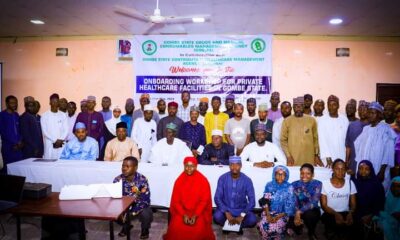
 Health1 year ago
Health1 year agoGombe State Organizes Onboarding Workshop for Private Healthcare Facilities
-
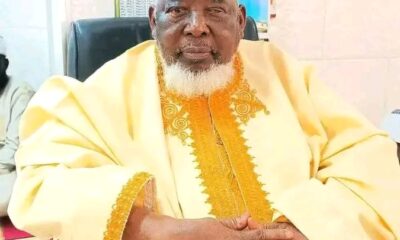
 Death6 months ago
Death6 months agoProminent Nigerian Islamic Scholar, Sheikh Sa’idu Hassan Jingir, Passes Away
-
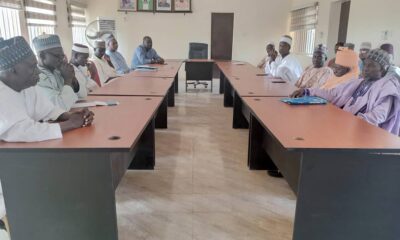
 Water1 year ago
Water1 year agoGombe Government Mobilizes Stakeholders to Combat Illegal Water Connections
-
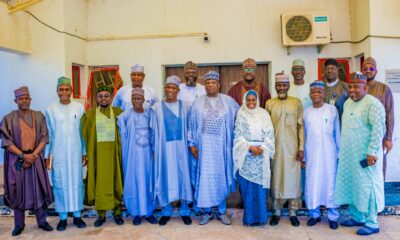
 Politics1 year ago
Politics1 year agoGombe State Inaugurates Human Capital Development Council
-
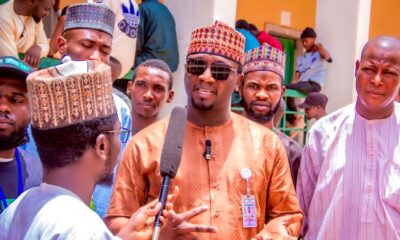
 Politics1 year ago
Politics1 year agoGombe State Launches Presidential Palliative Program (PPP) to Aid Small Businesses